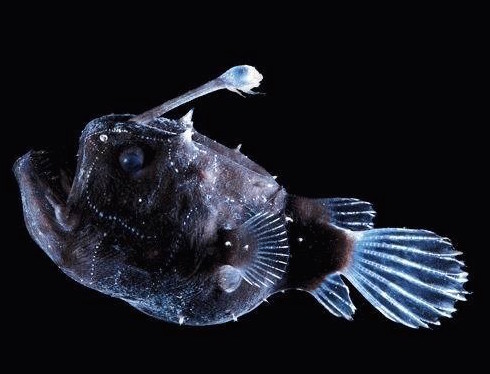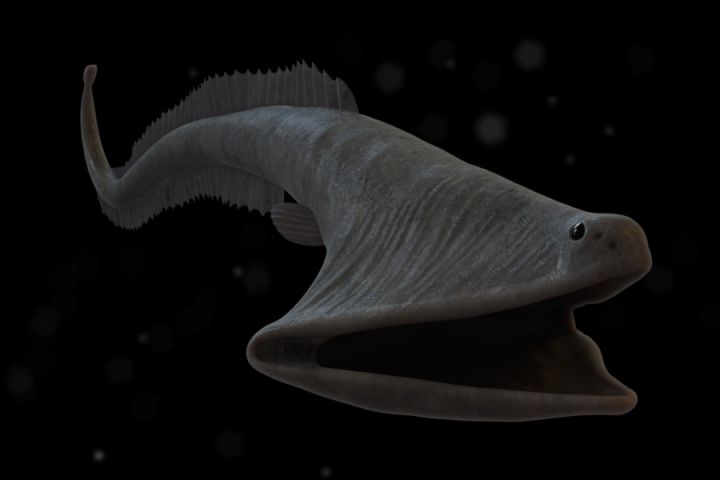

The deepest areas of the oceans (6,000–11,000 m) are restricted to the hadal trenches and referred to as the hadal zone ( Wolff, 1960). This study proposed a transition pattern from the abyssal to hadal zone in the Yap Trench, highlighted the importance of habitat heterogeneity in structuring megafaunal community in a hadal trench. Depth, substrate, slope, and latitude were identified as four important environmental factors with significant influence on megafaunal community structure. Although megafaunal communities changed gradually from abyssal zone to hadal zone, both PERMANOVA and PERMDISP analyses revealed that the communities are significantly different between abyssal zone and hadal zone, indicating 6,000 m as the boundary between the two depth zones. Cluster analysis suggested seven assemblages, with five abyssal groups, one mixed group, and one hadal dominant group. The faunal abundance increased with depth, whereas the Shannon diversity index decreased with depth. Arthropoda was the most abundant phylum and Echinodermata was the most diverse phylum of the megafaunal community. A total of 1,171 megafauna organisms was recorded, 80 morphospecies (msps) from 8 phyla were identified based on the video data, most of which were reported for the first time in the Yap Trench. In this study, nine dives of the Human Occupied Vehicle (HOV) “ JIAOLONG” were conducted from abyssal to hadal depths (4,435–6,796 m) in the Yap Trench on the southeastern boundary of the Philippine Sea Plate in the western Pacific, divided into 48,200 m video transects, to describe the megafaunal communities and reveal their relationship with environmental factors.

It is still unclear how a faunal community changes from the abyssal to the hadal zone, and which environmental variables are the key impacting factors. Hadal trenches remain one of the unexplored ocean ecosystems due to the challenges of sampling at great depths.

1Key Laboratory of Marine Ecosystem Dynamics, Second Institute of Oceanography, Ministry of Natural Resources (MNR), Hangzhou, China.Dongsheng Zhang 1,2,3 Yadong Zhou 1 Jichao Yang 4 Thomas Linley 5 Ruiyan Zhang 1,2 Bo Lu 1 Peng Xu 1 Chengcheng Shen 1 Shiquan Lin 1 Yueyun Wang 1 Dong Sun 1 Xiaogu Wang 1 Chunsheng Wang 1,2,3,6*


 0 kommentar(er)
0 kommentar(er)
